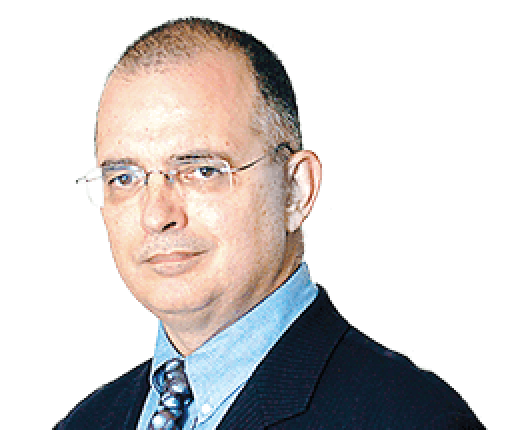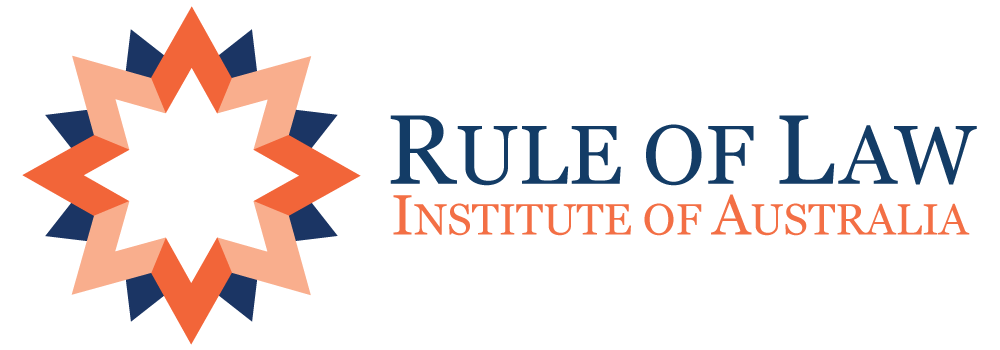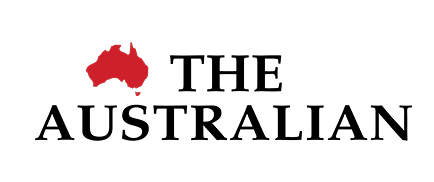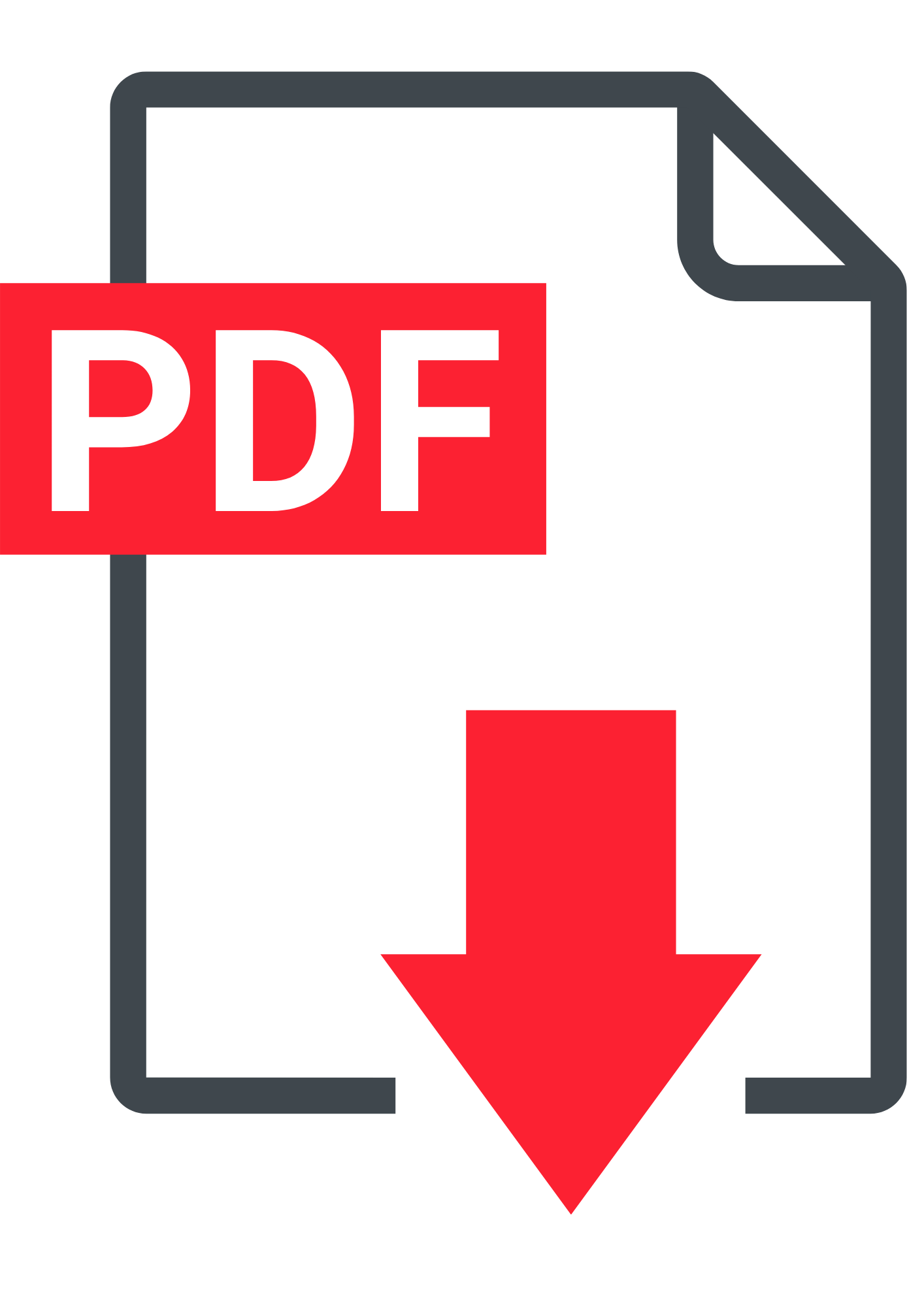The voice referendum looks set to have an impact its proponents could never have imagined: equality of citizenship has been restored as the guiding principle of Indigenous affairs.
It prevailed with ease over the patronising idea that Aborigines and Torres Islanders are best served by separatism and racial division.
This is why the outcome of this referendum is a cause for celebration. Australia, one of the most egalitarian nations on earth, has embraced Indigenous people and refused to abandon civic equality.
There is nothing to mourn.
The voice failed because this country refused to accept racial division. It makes no difference if the criterion for division is described as race, indigeneity or something else. The division itself is what the nation rejected.
Saturday’s vote kills off the first item on the agenda outlined in the Uluru Statement from the Heart: the establishment of a constitutional entity based on race.
But the full impact of the referendum is yet to be played out. If equality of citizenship is now ascendant, how can this be reconciled with the second element of the Uluru agenda – a treaty with fellow citizens?
The inconsistency explains why there is no longer bipartisan support in Queensland for enacting state-based treaties. It also explains why the Albanese government is under pressure over its commitment to the Uluru statement “in full”.
For some, Saturday’s vote contains brutal lessons: business and professional organisations need to stay out of politics or risk reputational harm.
The groups that backed racial division have placed themselves at odds not just with some of their members, clients or shareholders but with 61 per cent of the nation.
Future generations also have a model for how not to conduct a referendum.
Changing the nation’s rule book was always intended to be difficult. That is one of its strengths. But attempting this without achieving community consensus, without compromise and without sufficient detail proved ludicrous.
The preliminary wording of the proposed provision on the voice was sprung on an unsuspecting nation in July last year and, despite initial goodwill, it never achieved broad community buy-in.
The general community was denied an opportunity to participate in a constitutional convention. There was no real attempt to secure political consensus. Changes suggested by constitutional experts were met with abuse by Indigenous activists who were handed control of the process.
Given all this, why is it so hard for some “yes” proponents to accept that people knew exactly what they were doing when they voted on Saturday?
Instead of denigrating them, the “yes” camp and its barrackers in parts of the media need to stop making excuses and accept the legitimacy of the democratic process.
It was clear that the case for equality was prevailing early on Saturday night. The voice could not meet the double-majority test for constitutional change.
That test, which is outlined in section 128 of the Constitution, means amendments can only be made if they are supported by a majority of the people nationally, and a majority of the people in at least four of the six states.
This guarantees the views of the less populous states will not be swamped – which is one of the safeguards that persuaded the smaller states to join the federation in 1901.
The requirement for a double majority also favours amendments that have broad community support. This can be seen from the fact that the most successful referendums have been supported by all six states.
The outcome this time did not even come close to achieving either of the required majorities.
So why would this be?
The history of the last successful referendum on Indigenous affairs might provide some lessons about what could have been done differently.
Since federation, there have now been 45 attempts to change the Constitution and only eight have succeeded.
This referendum has been one of the most decisive defeats. Not one state endorsed the proposal and less than 40 per cent of the people nationally voted “yes”.
Compare this to the 1967 referendum on Indigenous affairs, when parliament endorsed the changes unanimously. Nationally, 90.8 per cent of the people and all states agreed to the changes.
That referendum amended section 51 (xxvi) – commonly known as the race power – to enable federal parliament to make special laws on the basis of race for Aborigines and Torres Strait Islanders. Another provision – section 127 – was removed so Indigenous people could be counted in the census.
The existence of the race power, while anachronistic, needs to be viewed in context.
Unlike the referendum on the voice, which would have destroyed equality of citizenship, the goal in 1967 was to remove impediments to civic equality.
Even so, there is a strong argument that Saturday was a lost opportunity to finish the project that began in 1967.
Instead of asking us to entrench a racially divisive voice, the proponents of the referendum should have followed the advice of former solicitor-general Sir Maurice Byers and his 1988 Constitutional Commission that recommended the removal of the race power.
“It is inappropriate to retain section 51 (xxvi) because the purposes for which, historically, it was inserted no longer apply in this country,” says the final report of the commission.
“Australia has joined the many nations which have rejected race as a legitimate criterion on which legislation can be based,” it says.
Gough Whitlam was a member of that commission, as was Sir Rupert Hamer, a former Liberal premier of Victoria.
Chris Merritt
Legal Affairs Contributor

19 October, 2023
Nothing to mourn in rejecting voice of division
READ ORIGINAL
Download PDF


